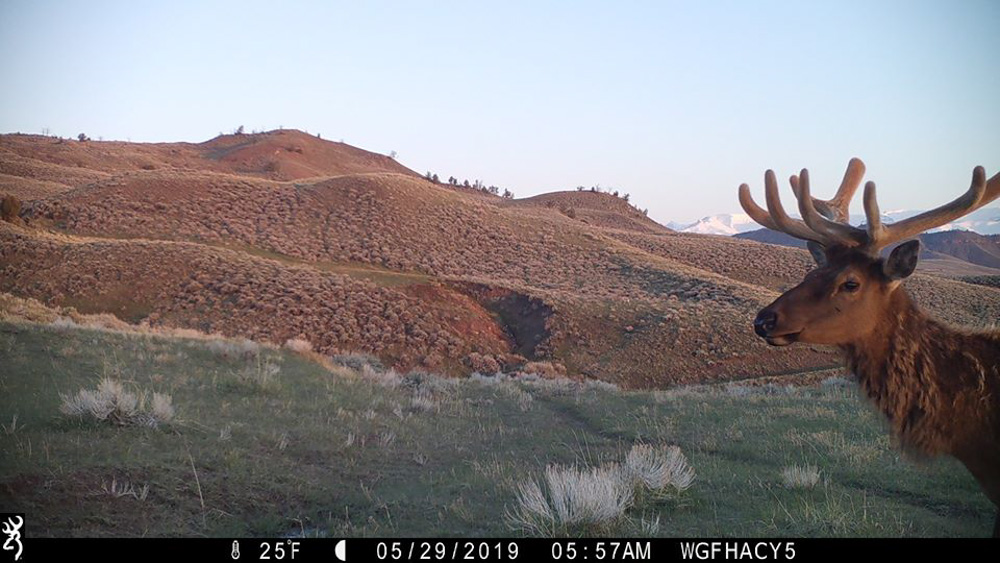Below is a news release from the Wyoming Game and Fish Department.
Wyoming big game hunting applications continued to swell in the 2020 draw with more people seeking licenses for nearly every species and type. Applications increased especially by residents, meaning licenses were more difficult to draw.
“Hunters are conservationists and their support through license applications demonstrates how much people value the great wildlife resources we have in the state,” said Brian Nesvik, Wyoming Game and Fish Department director. “All our fall hunts are taking place with no anticipated closures.”
In Wyoming, licenses are divided between residents and nonresidents. Residents get the bulk of licenses, 80% for deer and antelope and 84% for elk. Residents also can buy over-the-counter general licenses for deer and elk.
Hunters wishing to pursue pronghorn saw the greatest challenge. There was a 10.2% license quota reduction overall, meaning less licenses were allocated by the Wyoming Game and Fish Commission in April. Adding to the draw difficulty, buck license applications increased by 7.2% and doe/fawn by 11.3%. Hunters who typically pick up pronghorn licenses in the leftover draw saw nearly a 25.8% reduction.
“Less licenses available and more interest — from residents especially — made pronghorn licenses harder to draw and resulted in fewer leftover licenses,” said Jennifer Doering, license section manager. “Residents submitted almost 10% more applications than last year; nonresidents submitted nearly 4.5% more for pronghorn.”
The number of licenses available for deer and elk remained steady. Resident applications for buck deer rose by 10.6% and 20.41% for doe/fawn deer. Nonresident applications only rose by a half of a percent for bucks and 4.6% for doe/fawn.
For elk, residents submitted 8.3% more applications for bull licenses and 10.3% more for cow/calf. Nonresidents submitted less bull elk licenses for the first time in years, about 9% less, but applied for 1.7% more cow/calf licenses. For 2020, the nonresident general license took 2.5 preference points to draw.
Doering attributes decrease nonresident elk applications to impacts from COVID-19.
“The deadline to finalize nonresident elk licenses was in the midst of the COVID-19 pandemic, so that had an impact on some hunter’s decision to hunt,” Doering said.
Doering’s advice to hunters who didn’t draw is to study the drawing odds, looking at both the number of applications and licenses available as well as comparing it to the current year’s license quotas. If there are less licenses available between years, hunters can expect a bit more difficult draw. But, hunters can’t anticipate the number of competitors in their drawing pool.
“Hunters can learn a lot from the drawing odds, but you can’t predict how many people will apply,” Doering said. “But, by submitting an application that is informed by the data, it helps the odds of drawing.”
Any remaining elk, deer and pronghorn leftover licenses are currently on sale on the Game and Fish website.
(Photo source: Wyoming Game and Fish Department)
